14 Common Pests That Wreak Havoc on Hydrangeas
Gardeners love hydrangeas for their color and shape, but pests can quickly ruin their beauty. Tiny insects and hungry larvae can cause major damage in just a few days. It helps to catch the problem early before it becomes harder to manage. If your hydrangeas are not looking healthy, pests might be the reason. Let us take a closer look at what could be hiding among the leaves.
This post may contain affiliate links, which helps keep this content free. Please read our disclosure for more info.
Aphids
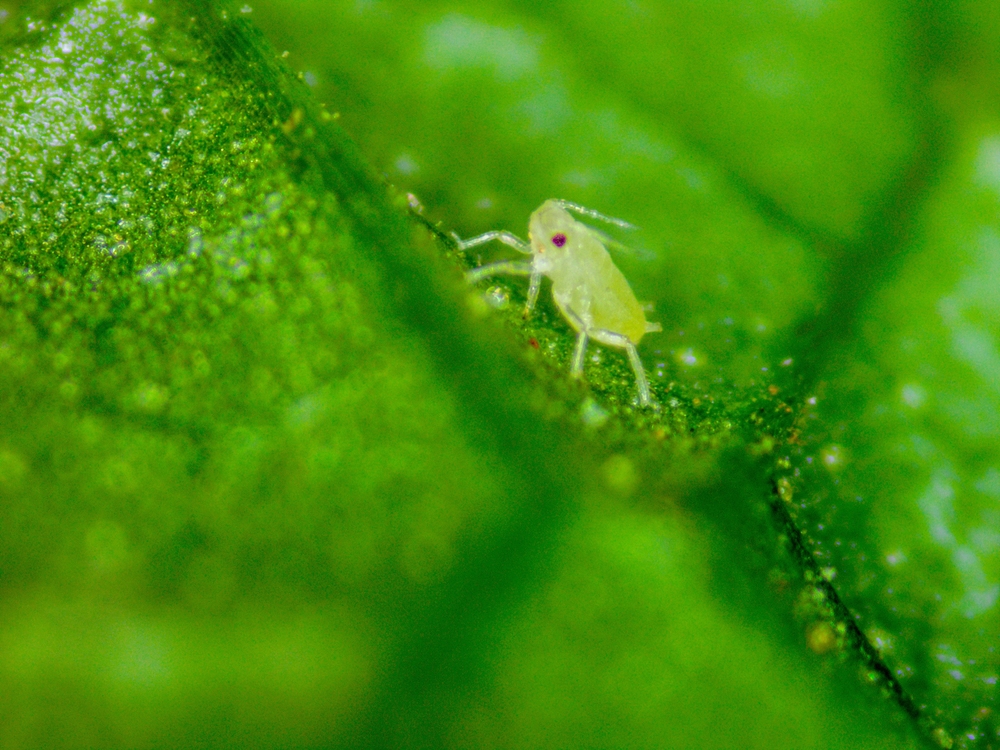
Aphids are tiny, soft-bodied insects that feed on the sap of hydrangea leaves and stems. They often appear in clusters and can cause leaves to curl or turn yellow. These pests are drawn to new growth and areas with high nitrogen levels. Ants may also appear, as they are attracted to the sticky residue aphids leave behind.
To get rid of aphids, spray plants with water or use insecticidal soap. Avoid over-fertilizing, as too much nitrogen attracts them. Encourage natural predators like ladybugs to visit your garden. Keep your hydrangeas trimmed and healthy to reduce hiding spots.
Spider Mites
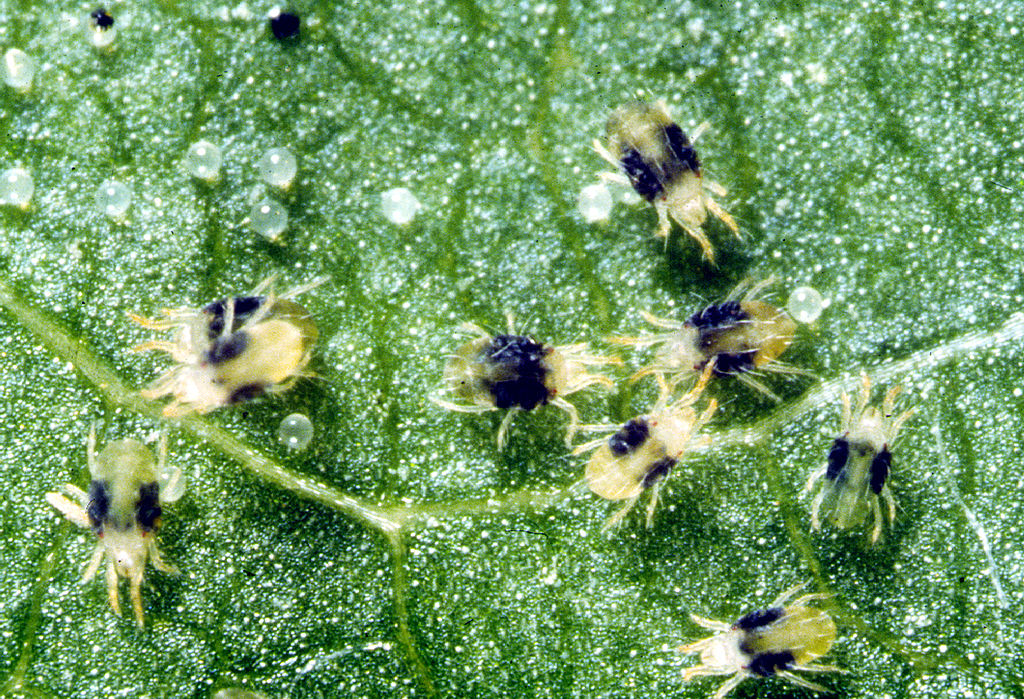
Spider mites are very small and often hard to spot without close inspection. They suck the moisture from leaves, leaving behind a speckled or bronzed look. Fine webbing is a sign of a large infestation. Hot, dry weather can make the problem worse.
To control spider mites, rinse leaves with water and increase humidity around the plant. Neem oil or insecticidal soap works well for repeated treatments. Water hydrangeas regularly and mulch the soil to retain moisture. Keep the area around the plant clean and free of fallen leaves.
Slugs
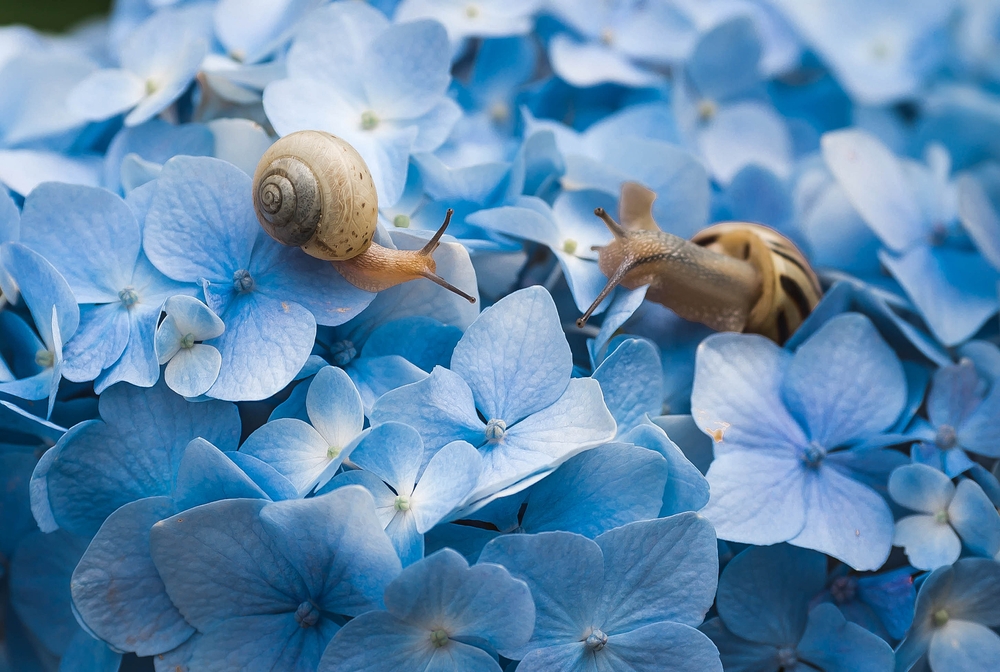
Slugs chew large holes in leaves and leave behind shiny trails. They are most active at night and during damp weather. These pests hide under mulch, rocks, or garden debris during the day. Slug damage is easy to spot because of the irregular leaf edges.
Use slug traps or sprinkle diatomaceous earth around the plant base. Remove excess mulch and avoid overwatering. Water in the morning instead of evening to keep the soil drier at night. Trim lower leaves to reduce moist hiding spots near the ground.
Leaf Tiers
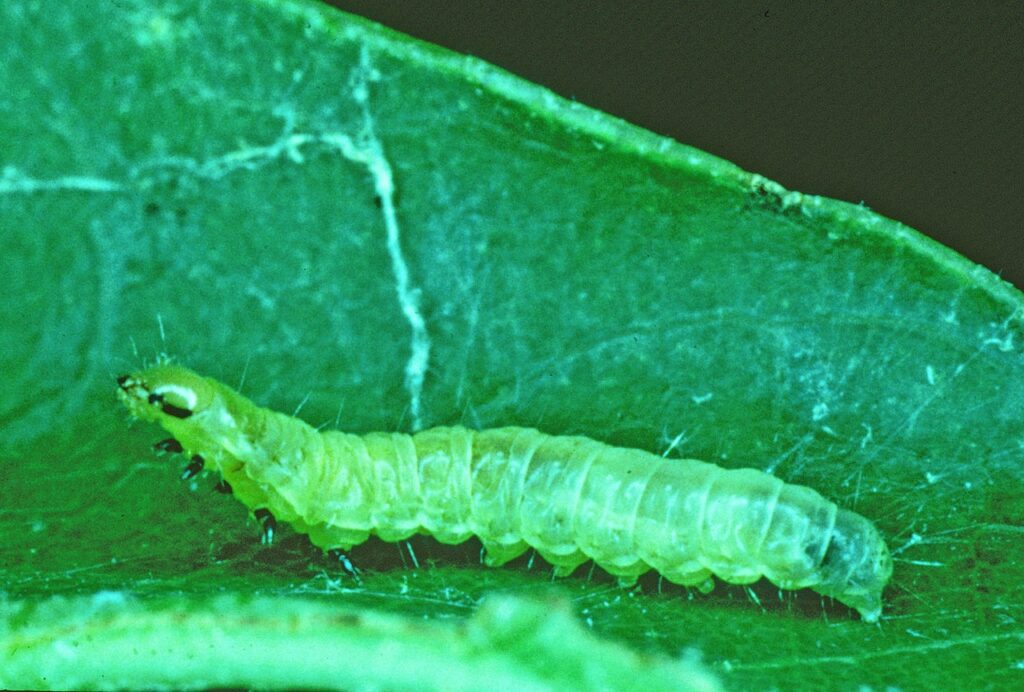
Leaf tiers are the larvae of moths that tie hydrangea leaves together with silk and feed inside. The damage may look like folded or brown-edged leaves. They are more common in spring and early summer. The silk shelters make them harder to reach with sprays.
Handpick and remove the damaged leaves when spotted early. Prune regularly to improve air circulation and reduce leaf contact. Dispose of infested leaves away from the garden. Regularly check new growth for tied leaves and caterpillar presence.
Japanese Beetles
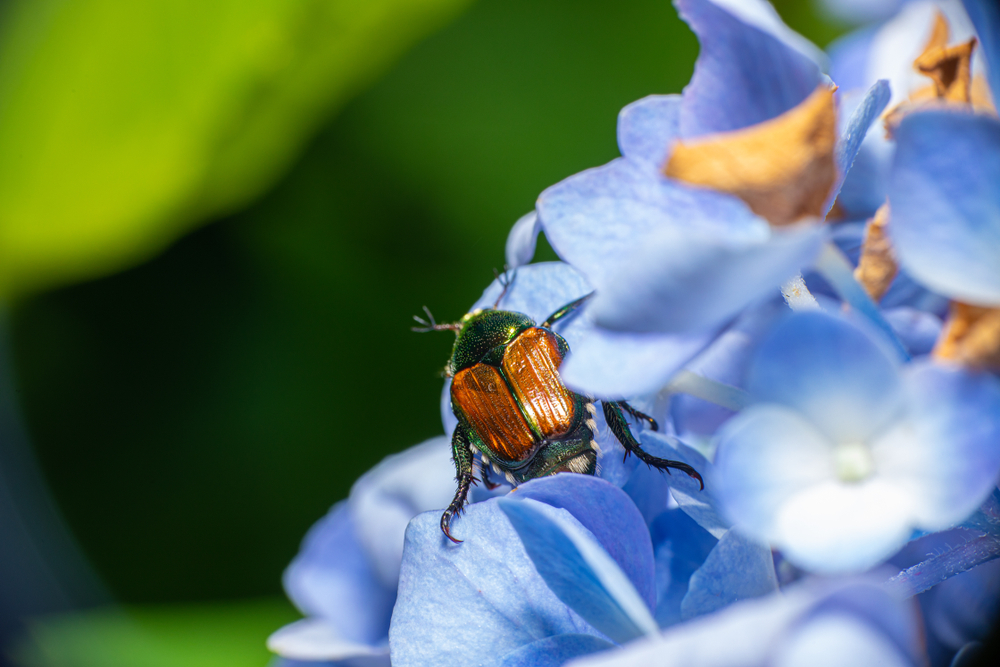
Japanese beetles eat both flowers and leaves, leaving behind lace-like damage. These shiny green and copper beetles appear in early summer. They are especially attracted to sunny gardens with a variety of plants. Damage can spread quickly if the beetles are not removed.
Pick beetles off by hand early in the day and drop them into soapy water. Use floating row covers if needed during peak beetle season. Avoid using broad-spectrum pesticides that harm beneficial insects. Keep nearby grass trimmed to reduce places where larvae can grow.
Scale Insects
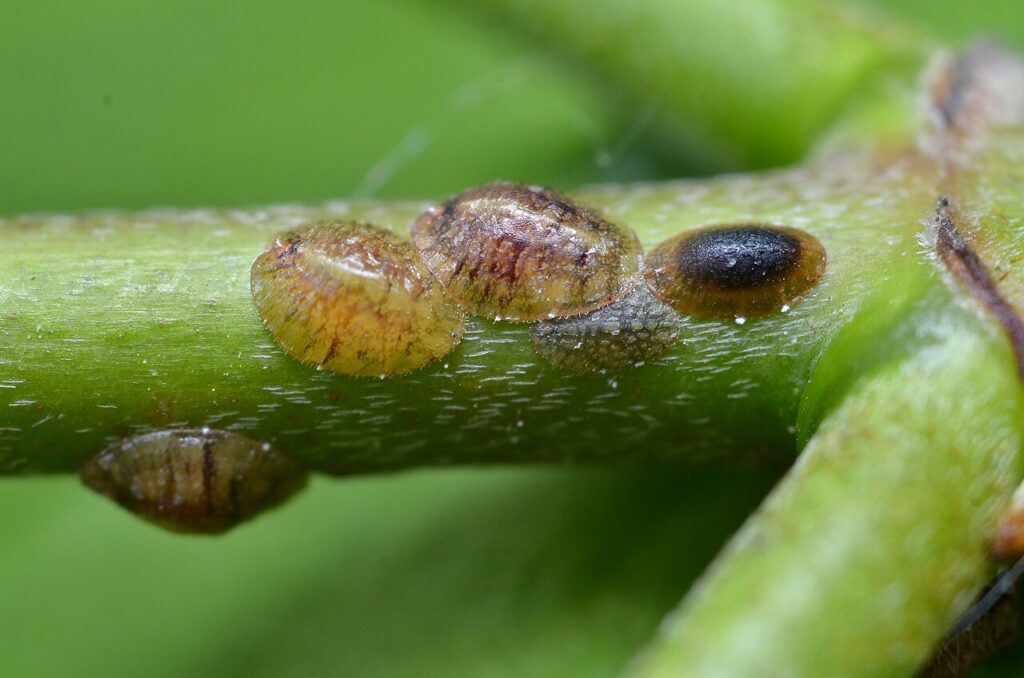
Scale insects attach to stems and leaves, feeding on sap and causing yellowing or stunted growth. They appear as tiny bumps and do not move once attached. They produce a sticky substance that can attract mold and ants. Infestations usually build slowly but can become serious.
Gently scrub off visible insects with a toothbrush and soapy water. Prune and dispose of affected branches. Horticultural oil can be used during the dormant season to suffocate overwintering pests. Keep your hydrangea healthy with proper spacing and pruning.
Leafhoppers
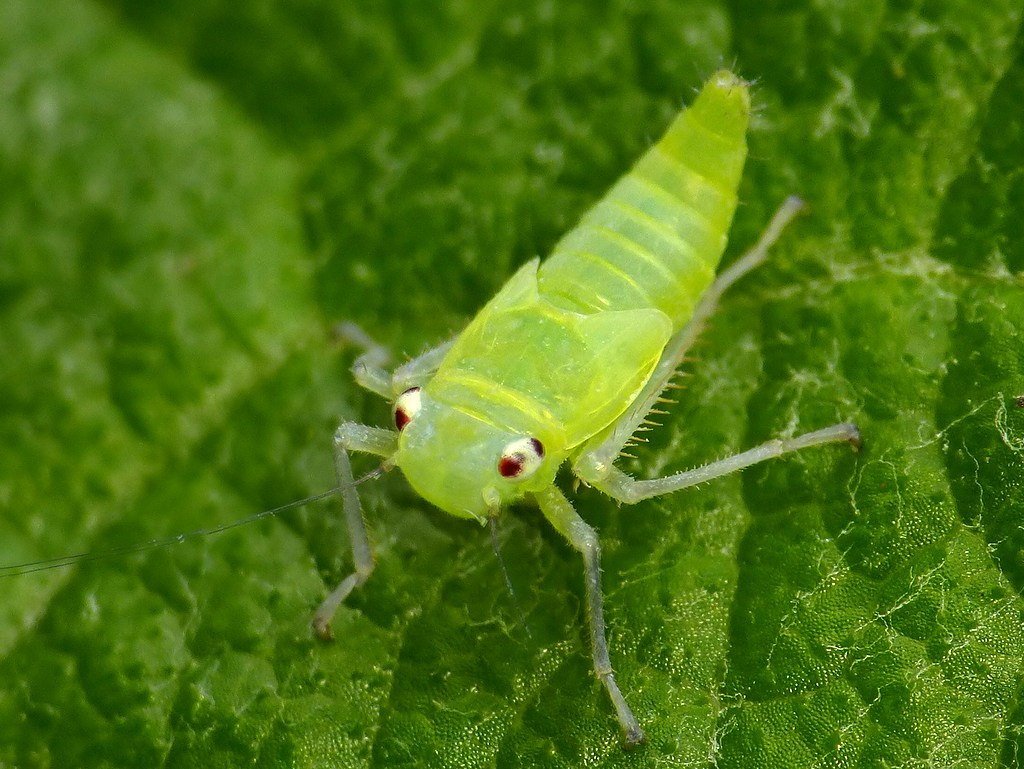
Leafhoppers are small, wedge-shaped insects that jump when disturbed. They feed on sap and cause white or yellow spots on leaves. These pests can also spread diseases from plant to plant. Dry, warm weather can make them more active.
Use a strong spray of water to knock them off your plant. Insecticidal soap works for heavy infestations. Remove nearby weeds and grass where they may hide. Keeping your garden clean and tidy helps reduce their population.
Thrips
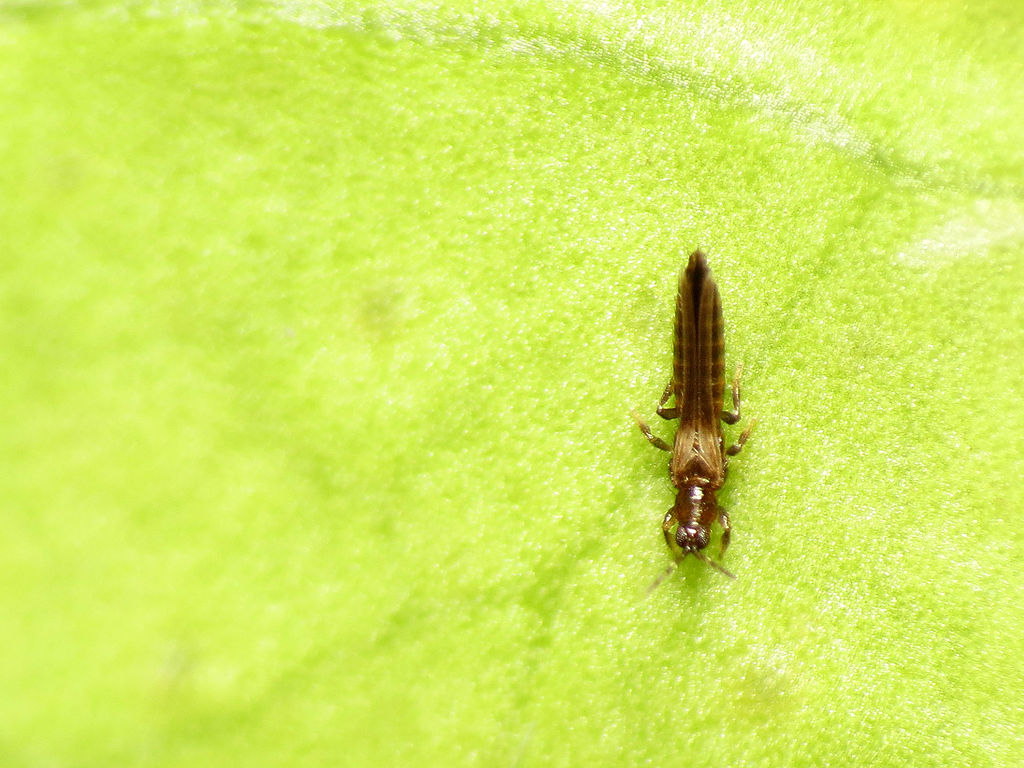
Thrips are tiny insects that scrape the surface of leaves and petals to feed. They can cause brown streaks, curled leaves, and distorted flowers. Their damage often looks worse in dry, dusty conditions. These pests hide in flower buds and new growth.
Prune damaged parts and dispose of them carefully. Apply neem oil or insecticidal soap every few days until they are gone. Avoid planting too close together to keep air moving between plants. Keep the area free of weeds and fallen petals.
Whiteflies
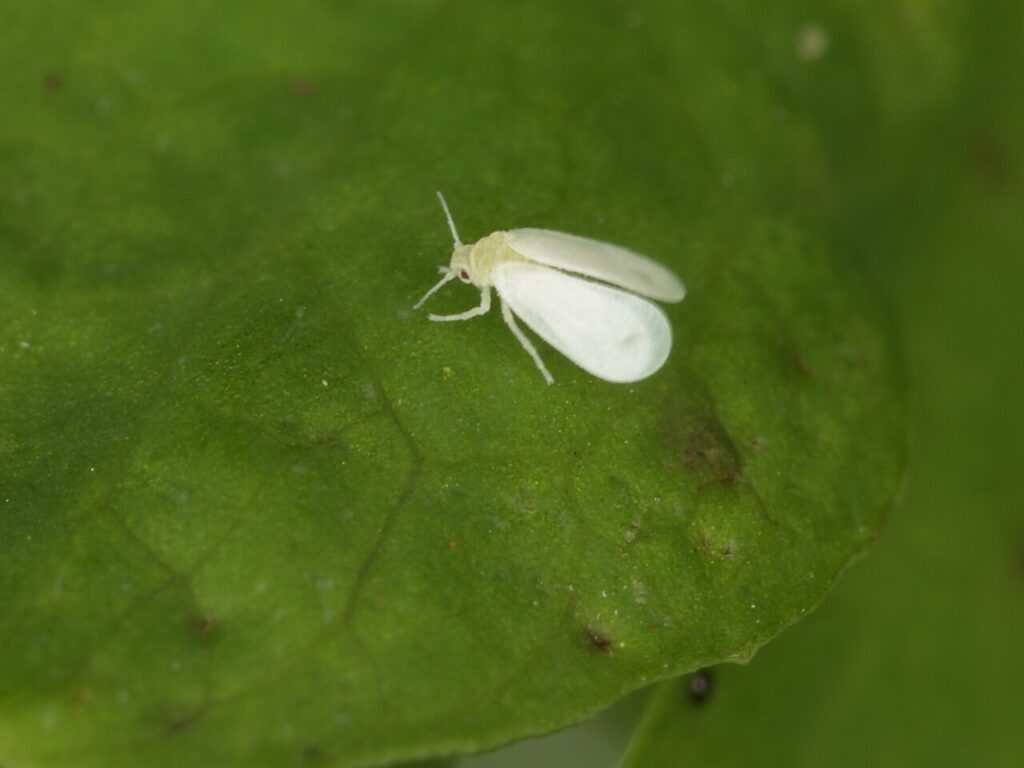
Whiteflies are small, white insects that fly up in clouds when disturbed. They feed on the underside of leaves, causing yellowing and wilting. They also leave behind sticky residue that can lead to mold. Warm, still conditions help them multiply quickly.
Hang yellow sticky traps to monitor and catch adult whiteflies. Spray with insecticidal soap, focusing under the leaves. Regularly hose down plants to wash away eggs and larvae. Space plants out and prune thick growth to discourage infestations.
Root-Knot Nematodes
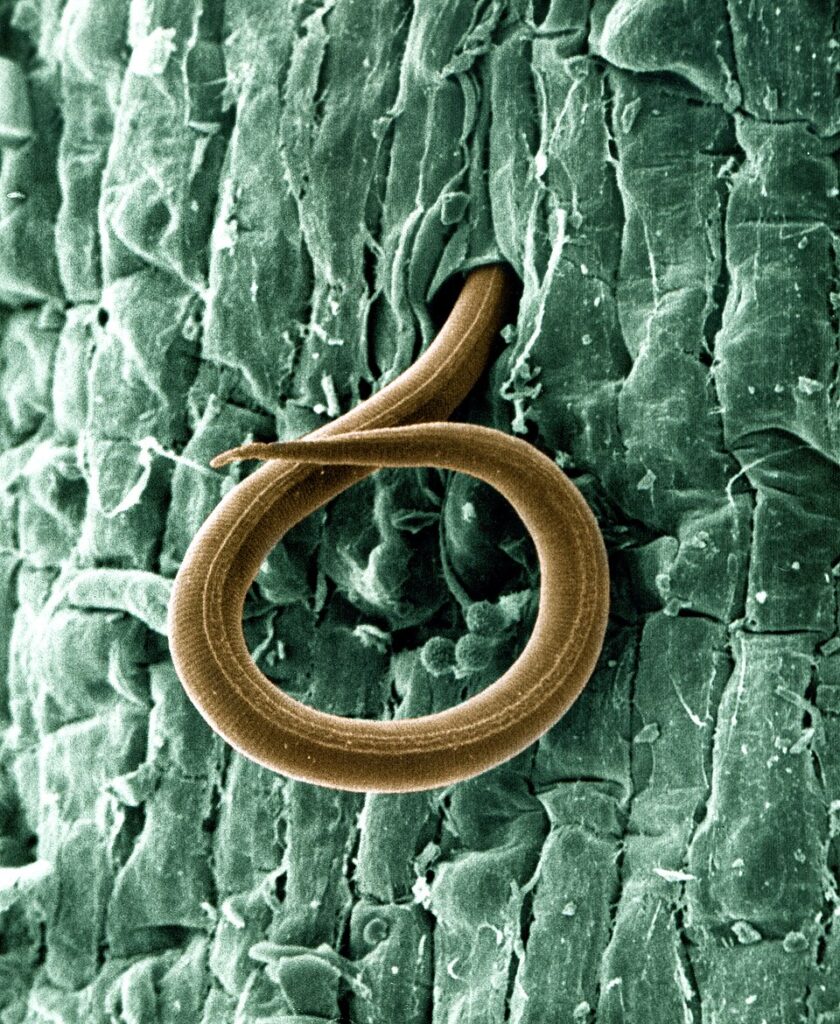
These microscopic worms live in the soil and attack hydrangea roots. Plants may look wilted even when watered and show poor growth. The roots develop swollen areas or galls that block water and nutrients. These pests are most common in sandy or poorly rotated soil.
Remove and destroy infected plants and avoid planting hydrangeas in the same spot. Use solarization to heat the soil before replanting. Improve soil health with compost and organic matter. Choose nematode-resistant plants to mix into the area.
Hydrangea Scale
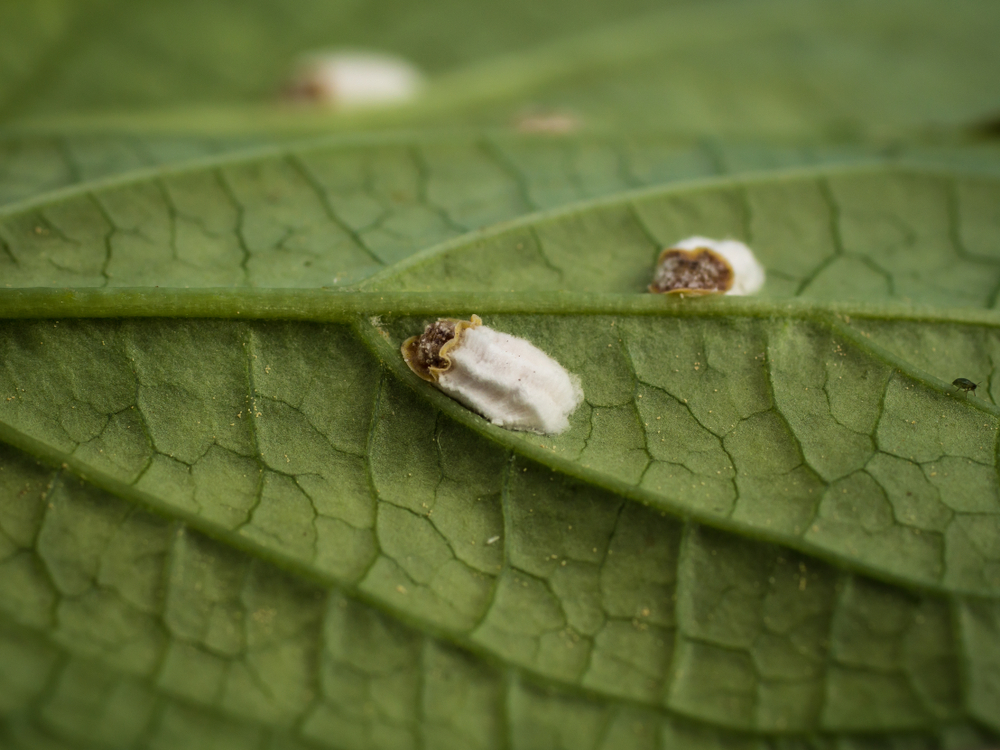
Hydrangea scale is a specific type of scale insect that targets hydrangeas. It appears as white, cottony patches on stems and causes yellowing or dropping leaves. It spreads slowly but can cover a plant if ignored. Ants may appear due to the sticky secretions.
Cut off and discard affected branches. Apply horticultural oil in late winter or early spring before new growth begins. Avoid over-fertilizing, which may attract scale. Keep the plant pruned and aired out to reduce buildup.
Flea Beetles
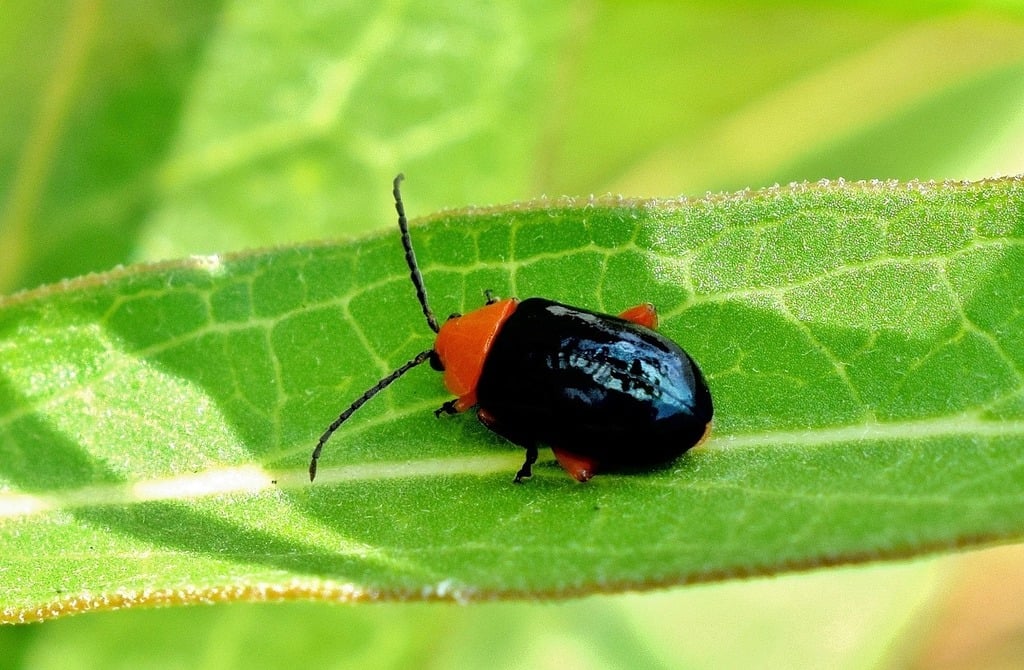
Flea beetles are tiny black or bronze beetles that jump like fleas when disturbed. They chew small round holes in leaves, especially new growth. Damage usually appears in spring and early summer. Dry, sunny weather increases their activity.
Use row covers to protect young plants until they grow stronger. Apply neem oil if the problem continues. Remove weeds and debris where beetles hide. Water in the early morning to reduce heat stress on affected plants.
Caterpillars

Caterpillars chew on leaves and sometimes flower buds, leaving behind ragged edges. They often blend in with the leaves, making them hard to notice at first. Some types feed only at night. Larger infestations can strip a plant quickly.
Handpick caterpillars and check the undersides of leaves. Birds and beneficial insects help keep them under control. Bacillus thuringiensis (Bt) is a natural treatment that targets caterpillars without harming other insects. Regular inspection helps catch them before damage spreads.
Weevils
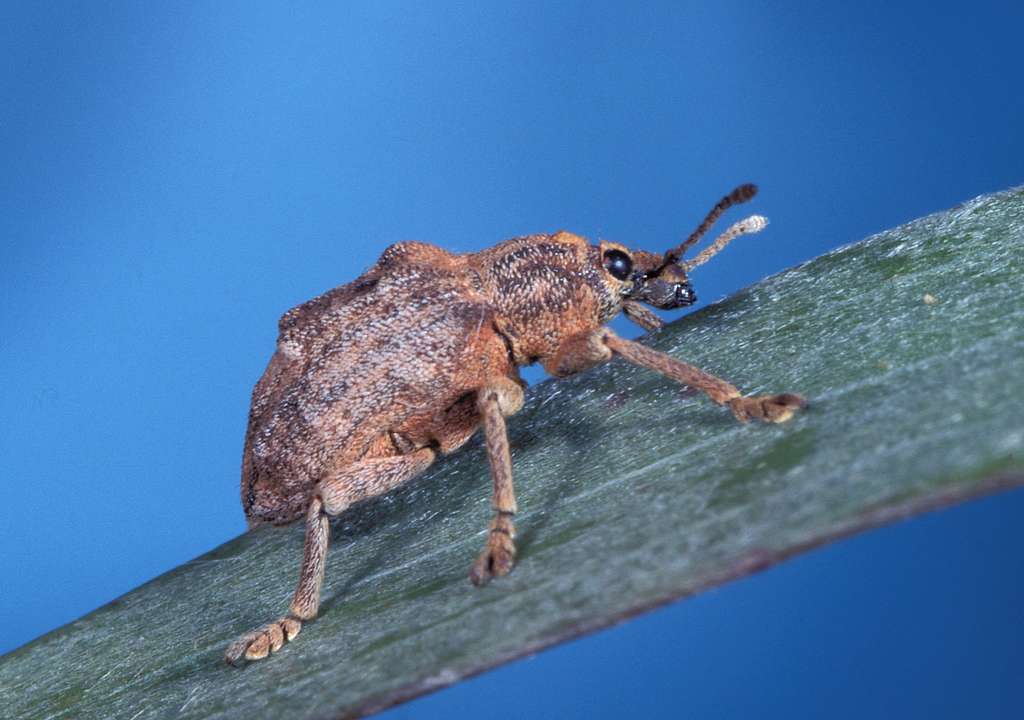
Weevils chew notches along the edges of leaves and can also damage roots in their larval stage. Adult weevils feed at night and hide during the day. Root damage can make the plant look weak and slow to grow. These pests often appear in shady or moist garden areas.
Trap adults using boards or rolled-up newspaper placed near plants. Dig up and destroy infested roots if necessary. Apply beneficial nematodes to the soil to target larvae. Keep the garden clean and avoid overwatering.
Pests can ruin the look and health of your hydrangeas if left alone. Good care and early action make a big difference. Watch for changes in leaves, stems, and flowers to catch problems early. Your hydrangeas will reward you with vibrant blooms when you keep them well protected.
This article originally appeared on Avocadu.
